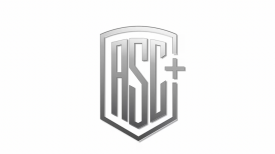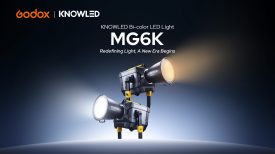At Cinegear 2019, Panavision was showing their LCND (Liquid Crystal ND).
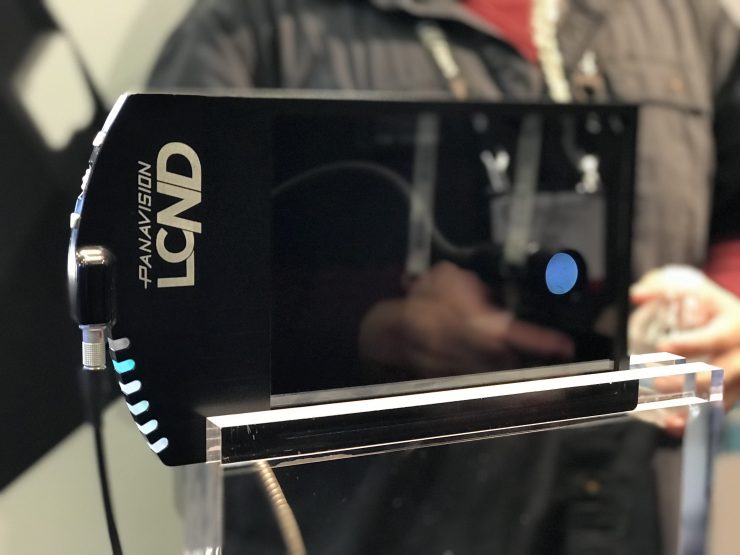
Last year at Cine Gear they were showing a very early prototype of the LCND, but now they have a finished product that will be available through Panavision rental in the next few months.
The LCND is an electronic ND that uses an electrical charge to adjust the density of the filter. Because of this, it does mean that it does require power so it has an internal battery. The internal battery is said to last for around 24 hours. The LCND also looked like it could be powered via the Lemo connector on the side.
This type of technology has been around for at least 20 years, but Panavision told us that it was extremely difficult to get it right and creating the high quality liquid crystal cells was a challenge.
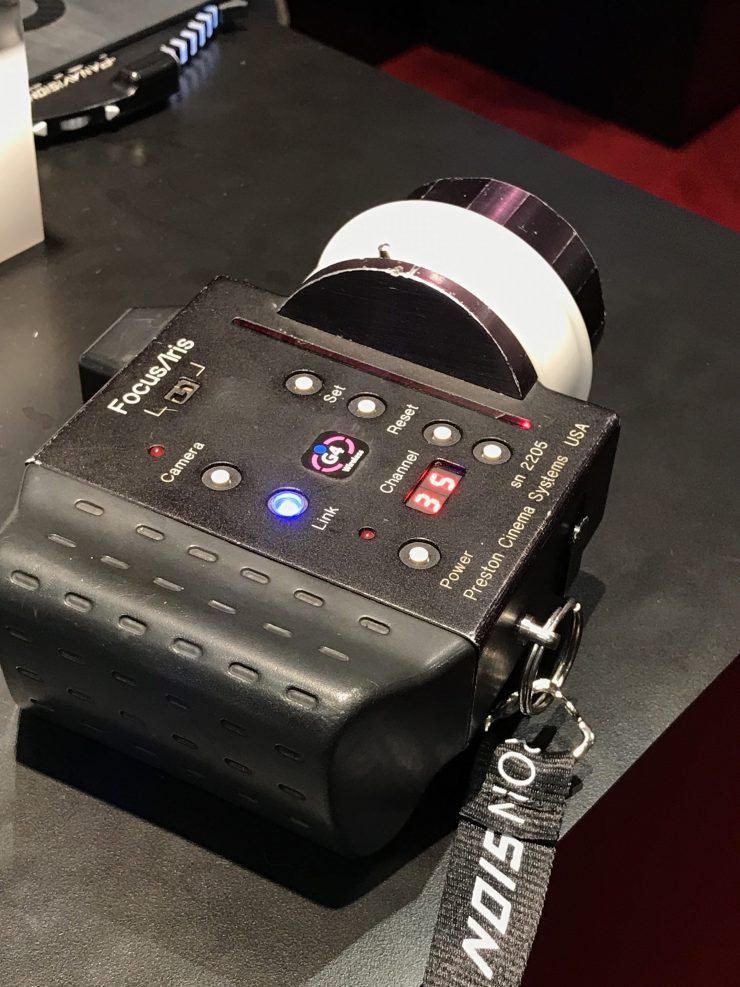
The LCND can be operated standalone, as well as in conjunction with a Preston FIZ to be operated wirelessly.
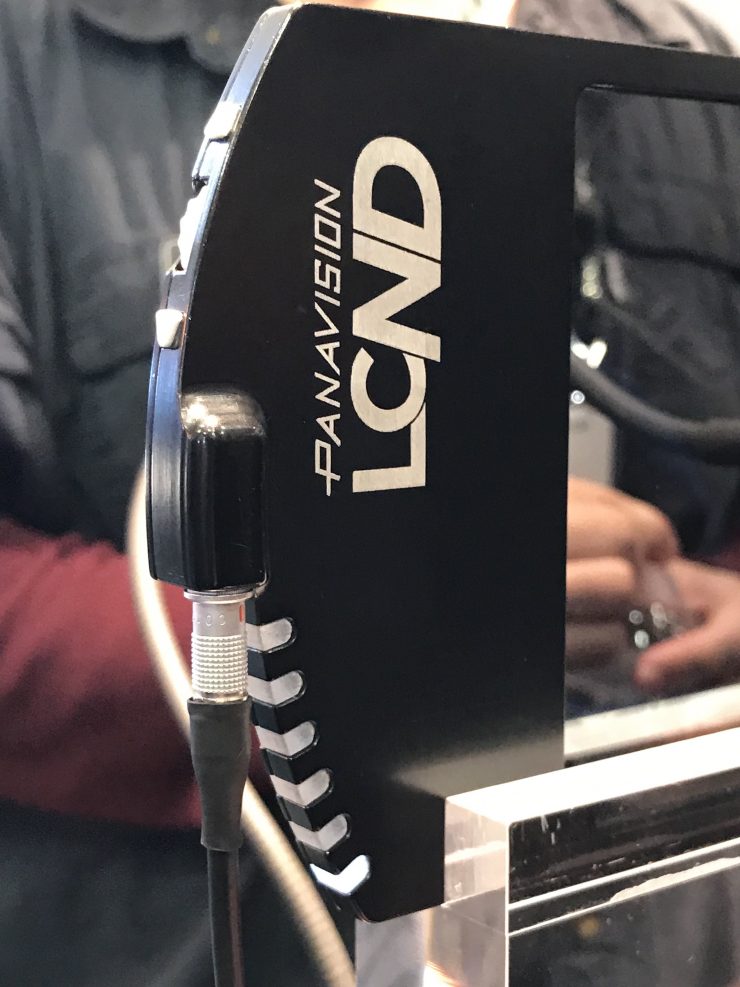
The control interface features two buttons as well as scroll wheel to adjust the ND. The buttons let you go up in single stops, but you can use the scroll wheel to make incremental adjustments.
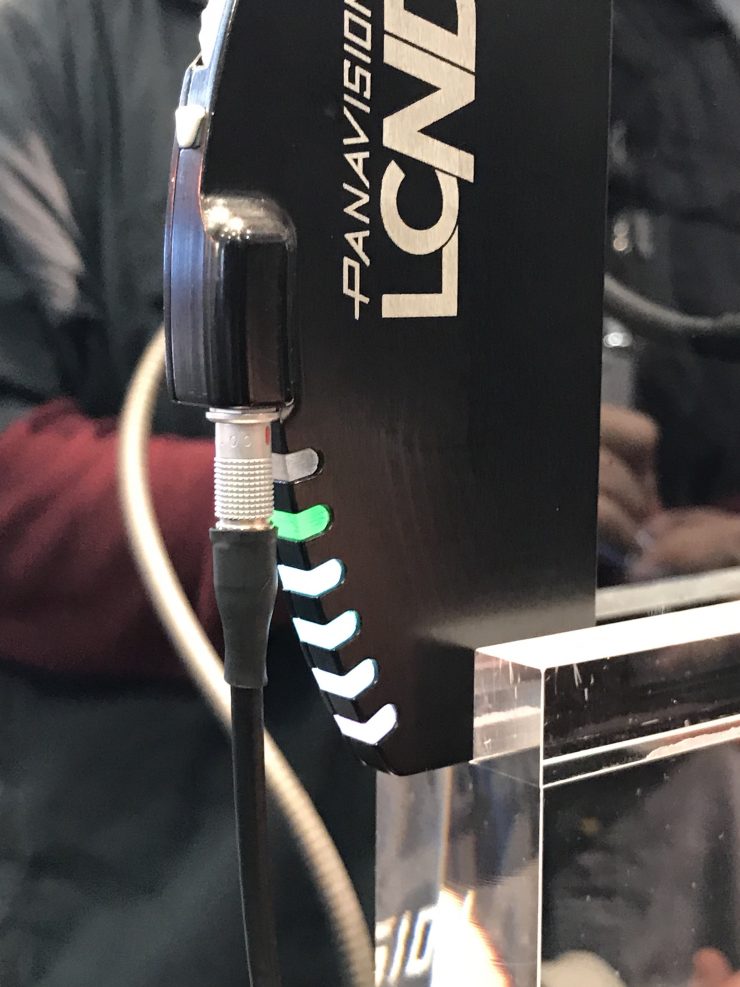
LCS lights illuminate to tell the user how much ND is being applied. I asked Panavision if there was any way of getting the metadata or information about the the amount of ND being applied out of the camera and they said that was something they are looking into.
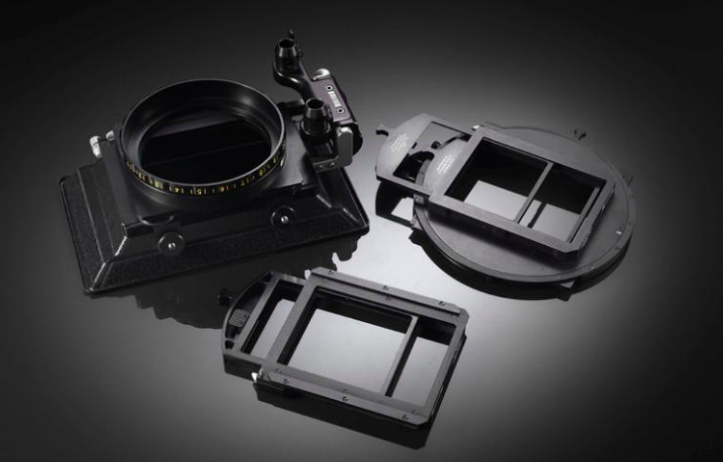
While it is a 4×5.65″ filter, you won’t be able to drop it into any matte box since the control hardware is on the side. You will need to use a Panavision matte box with side loading capabilities. However, Panavision did tell us that they are looking at relocating the electronics from the side to the top of the LCND so it can be used in a lot wider range of matte boxes.
The main reason that the LCND needs to be used in a matte box is that both Sony and RED own several patents in relation to putting variable electronic ND in a camera.



